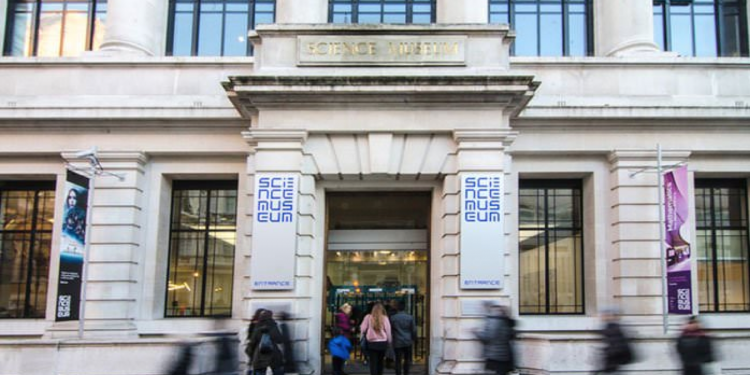In the recent years, museums and other cultural institutions around the world have become one of the most interesting targets for application of 3D printing due to the specific character of the objects that these institutions study, collect and exhibit. These objects are fragile and of historical importance, so they are usually displayed behind the glass and visitors are forbidden to touch them.
Historians Myrsini Samaroudi and Karina Rodriguez Echavarria spoke about the influence of 3D printing on museums and galleries.
Touching is permitted
One of the most famous digital fabrication projects is a replica of Tutankhamun’s tomb in the Valley of the Kings in Egypt by Factum Arte. The replica makes it possible for tourists to get inside the tomb without damaging the original.
The American Museum of Natural History asked students to digitally present, print, and assemble dinosaur bones and determine their species like paleontologists do; the Metropolitan Museum of Art in New York created edible replicas of the museum’s artifacts made of chocolate, cheese and rice.
In January, Google Arts & Culture, the non profit organization CyArk and 3D printing company Stratasys announced a collaboration on the Open Heritage project. They aim to preserve important monuments and artifacts and make them available to the public by producing small-size versions of cultural heritage sites.
All these projects demonstrate the wide range of 3D printing applications in culture and history. Some of them seem unusual, others cause discussions about the veracity of “fake” replicas. But they are created to enable people to explore, enjoy and appreciate cultural heritage through multi-sensory experience.
The power of replicas
Of course, copies of museum artifacts are not something new. For centuries people have been producing replicas that can be touched using traditional methods. The material aspect of objects plays a key role in our perception and understanding of the world. The opportunity to touch the object, explore its shape, feel its weight and even smell it can transform one’s perception of cultural heritage.
Due to the use of high-tech laser scanners during production, digital replicas are more accurate in shape than the ones produced using conventional techniques. The advantage of digitally fabricated copies is also in their digital nature: they are easy to store, edit and share.
People interested in cultural heritage can enjoy the replicas on the museum’s website or print them on a 3D printer at home. Moreover, these digital replicas can be easily modified or customized to meet the needs of the audience.
Breaking down barriers
Due to the diversity of technology applications, the study of the way people perceive replicas is becoming more crucial. Currently, there is a need of a study that would showcase the importance of physicality for the people. The analysis that will help to design and produce best possible copies to meet the needs of the audience. For example, it is possible to produce custom copies of objects for visually impaired people to improve their understanding of historical artifacts.
Want to try and start your own business 3D printing souvenirs? Check out this industrial dual extrusion 3D printer. Creatbot D600 is a stable and highly durable 3D printer, which will allow you to print the most detailed souvenirs and museum replicas!
If you’re interested in 3D printing, but don’t know where to start, check out this buyer’s guide. It’ll help figure out what machine you need.








